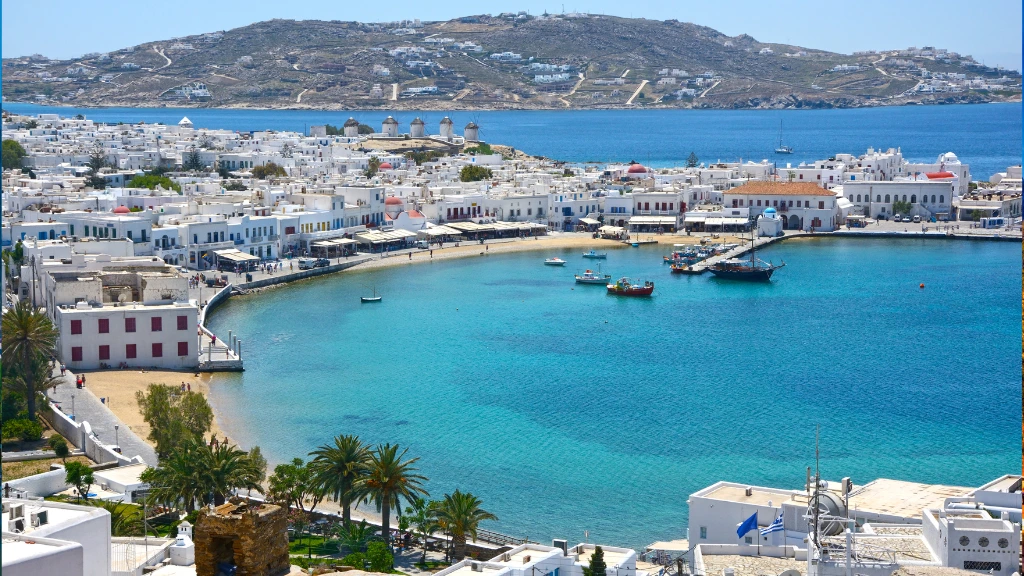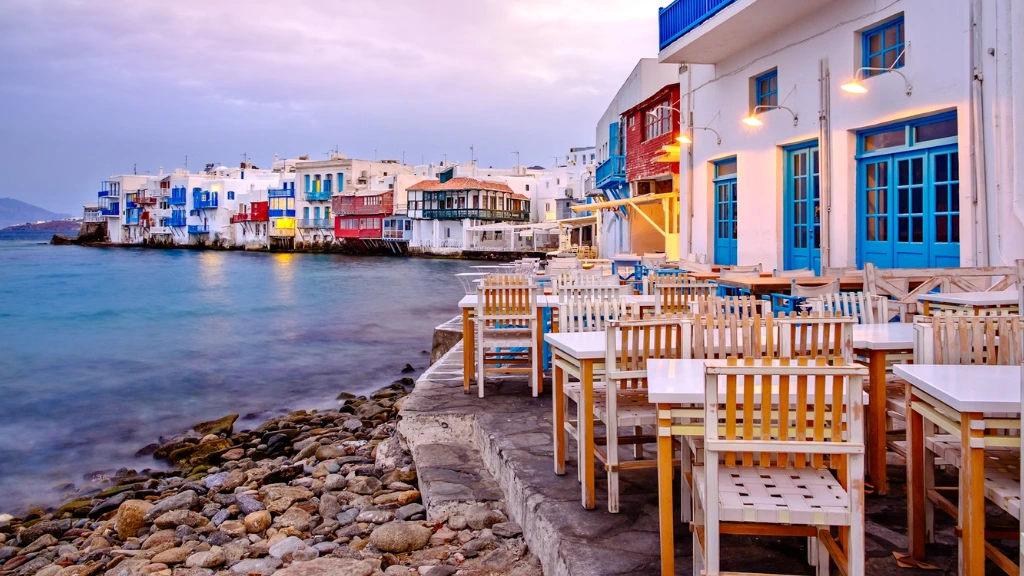If you’ve ever dreamed of exploring Australia’s vast landscapes, from the Great Barrier Reef to the Outback, while earning some extra cash, a Working Holiday Visa (WHV) might be the perfect way to make it happen.
Australia’s Working Holiday Visa program allows young people from eligible countries to work and travel in Australia for up to a year, offering an incredible opportunity to immerse yourself in local culture while funding your adventures.
You May Also Like: Escape the Crowds in France at These 9 Hidden Gems
What Is a Working Holiday Visa?
This guide will walk you through everything you need to know about getting a working holiday visa for Australia, including eligibility requirements, the application process, and helpful tips.Australia’s Working Holiday Visa is a temporary visa that allows young people aged 18 to 30 (or 35 for certain countries) to live, work, and travel in Australia for up to 12 months. It’s ideal for travelers looking to fund their Australian adventures through short-term work, with the flexibility to explore the country in their free time.
There are two main types of visas:
- Subclass 417: Working Holiday Visa
- Subclass 462: Work and Holiday Visa
Both visa subclasses allow similar work and travel opportunities, but there are slight differences in the eligibility criteria based on your home country.
Step-by-Step Guide to Getting a Working Holiday Visa
1. Check Your Eligibility
Before applying, make sure you meet the basic eligibility requirements for the Working Holiday Visa:
- Age: You must be between 18 and 30 years old (or 18 to 35 for a few select countries, including Canada, Ireland, and France).
- Country of Citizenship: You must hold a passport from one of the countries that participate in the program. Subclass 417 and Subclass 462 visas have different lists of eligible countries, so check which one applies to you.
- Health: You may be required to provide a medical check or proof of health insurance.
- Criminal Record: You’ll need to have a clean criminal record.
- Funds: You must have sufficient funds (around AUD 5,000) to support yourself initially and purchase a return flight.
Check the full list of eligible countries and specific conditions on the official Australian government immigration website.
2. Choose the Right Visa Subclass
Depending on your country of residence, you’ll either apply for the Subclass 417 or the Subclass 462 Working Holiday Visa. The primary difference between these two visas lies in the participating countries and the types of agreements these nations have with Australia.
Subclass 417 (Working Holiday Visa) is available to passport holders from countries like:
- Canada
- The United Kingdom
- Ireland
- Germany
- France
- Italy
- Japan
Subclass 462 (Work and Holiday Visa) is available to passport holders from countries like:
- United States
- Argentina
- Brazil
- China
- Malaysia
- Indonesia
3. Prepare Your Application
Once you’ve confirmed your eligibility and chosen the correct visa subclass, you’ll need to gather the necessary documents to complete your application. These may include:
- Valid passport (with at least six months of validity)
- Proof of funds (bank statements showing at least AUD 5,000)
- Proof of health insurance (if required)
- Criminal record check (if required)
- Medical exam (if required based on your home country)
4. Submit Your Application Online
Australia’s Working Holiday Visa applications are submitted online through the Australian Immigration and Border Protection website. You’ll need to create an ImmiAccount to start the process.
Here’s how to apply:
- Log in to your ImmiAccount and start a new application.
- Fill out your personal information, including your passport details, address, and employment history.
- Upload your supporting documents (passport copy, bank statements, etc.).
- Pay the visa application fee, which is around AUD 510 (prices may vary slightly).
- Submit your application.
5. Wait for Approval
After submitting your application, the processing time can range from a few days to several weeks. The Australian Department of Home Affairs will notify you of the decision via email. You can also check your visa status through your ImmiAccount.
If approved, your Working Holiday Visa will be electronically linked to your passport. You’ll receive a Visa Grant Number, which you should keep handy for when you arrive in Australia.
6. Plan Your Arrival in Australia
Once your visa is approved, you have 12 months to enter Australia. After entering, you can stay for up to a year, working for multiple employers and traveling freely. Note that you’re allowed to work for the same employer for up to six months during your stay.
It’s a good idea to arrange your health insurance and plan your accommodation and job search before arriving. Many working holiday visa holders start their journey in major cities like Sydney or Melbourne, where job opportunities are plentiful.
Tips for a Successful Working Holiday in Australia
- Apply Early: Start your application as early as possible, especially if you’re planning to travel during peak seasons.
- Be Flexible with Jobs: Many working holidaymakers find jobs in hospitality, agriculture (fruit picking), or retail. Be open to different opportunities to maximize your work experience.
- Travel Regionally: Consider exploring regional areas, as you may qualify for a Second Working Holiday Visa if you complete three months of specified work (like farming) in a regional area.
- Budget Wisely: The cost of living in Australia can be high, especially in cities. Make sure to have enough savings to cover your initial expenses, such as accommodation and transportation.
What Happens After Your Working Holiday?
If you want to extend your stay in Australia, you might be eligible for a Second Working Holiday Visa if you’ve completed at least 88 days of specified work in regional Australia (usually agricultural or construction work). A Third Working Holiday Visa is also possible if you complete an additional six months of specified work on your second visa.
Alternatively, you could explore other visa options, such as a Skilled Migration Visa or a Student Visa, depending on your long-term goals.
Conclusion
The Australian Working Holiday Visa offers an incredible opportunity to work, travel, and experience the country’s diverse culture and landscapes. By following the steps in this guide, you can navigate the application process with ease and start planning your exciting adventure Down Under.
Whether you’re dreaming of exploring the Outback, lounging on pristine beaches, or gaining international work experience, this visa opens up a world of possibilities. So pack your bags, apply for your visa, and get ready for the adventure of a lifetime in Australia!










